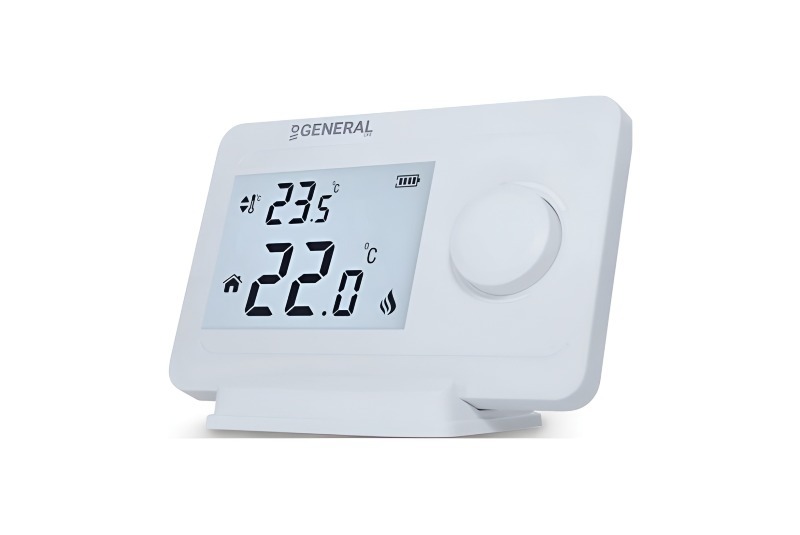1/27/2025 4:17 AM

Is your thermostat maintenance past due?A faulty thermostat can certainly disrupt the climate regulation in your home, resulting in unease and higher utility expenses. Regardless of whether you utilize a classic dial thermostat or a sophisticated smart device, several typical problems can be resolved with some simple DIY measures. Prior to reaching out to a specialist, consider these useful suggestions for identifying and resolving thermostat issues.
To begin with, we should address some fundamental troubleshooting steps.
Start by examining the energy supply. Make sure your thermostat is powered, whether by batteries or the electrical system. Change the batteries when they are low or drained. Occasionally, replacing the battery can fix the problem and help you avoid an expensive repair visit.If your thermostat continues to malfunction, it might be a result of defective wiring. Gently take the thermostat off the wall and examine the wires. Inspect for any connections that are loose or worn. Secure any loose wires or replace them if needed. Make sure that the cables are linked to the right terminals. Faulty wiring can cause thermostat issues, necessitating thermostat repair.
Dust and particles may also disrupt the functioning of your thermostat. Utilize a gentle brush or compressed air to softly clean the interior of the thermostat housing and its parts. This can aid in regaining normal function if dirt was leading to interference.
High-tech thermostats frequently include diagnostic tools that can assist in pinpointing particular problems. For example, numerous smart thermostats show error codes if there is an issue. Consult the manufacturer's guide for interpreting these error messages. Handles specific error codes correctly: a 'No Power' error may necessitate inspecting the circuit breaker, whereas a 'Wi-Fi Connection' problem involves resetting your router or examining your network settings.
Think about the location of your thermostat too. It must be placed in an area that truly represents the temperature of the room. Store it out of direct sunlight, drafts, and heat-emitting devices, as these factors can alter readings, leading to unwarranted adjustments and complications.
If you've attempted these DIY fixes and the issue continues, it may be the right moment to seek a professional for your thermostat repair requirements. Although DIY techniques are effective for simple problems, more intricate repairs, particularly those related to electrical work, ought to be managed by professionals.
Keep in mind that a working thermostat is essential for ensuring comfort and efficiency in your house. Routine upkeep and prompt thermostat repairs can help you save money and prolong the life of your HVAC system. The next time you face issues with your thermostat, remember these steps to decide if it's a DIY repair or if you should consult a professional.
Termostat Repair